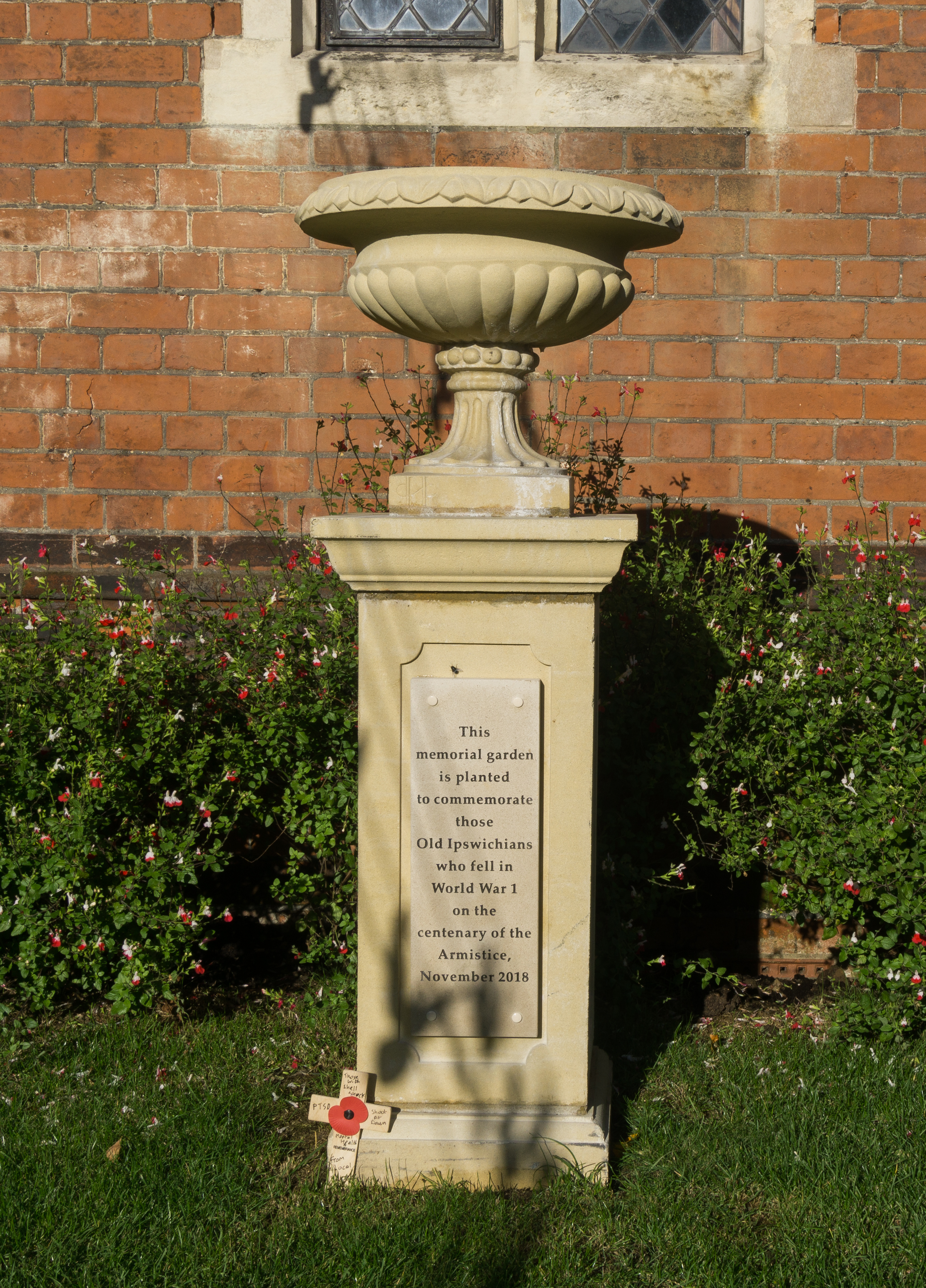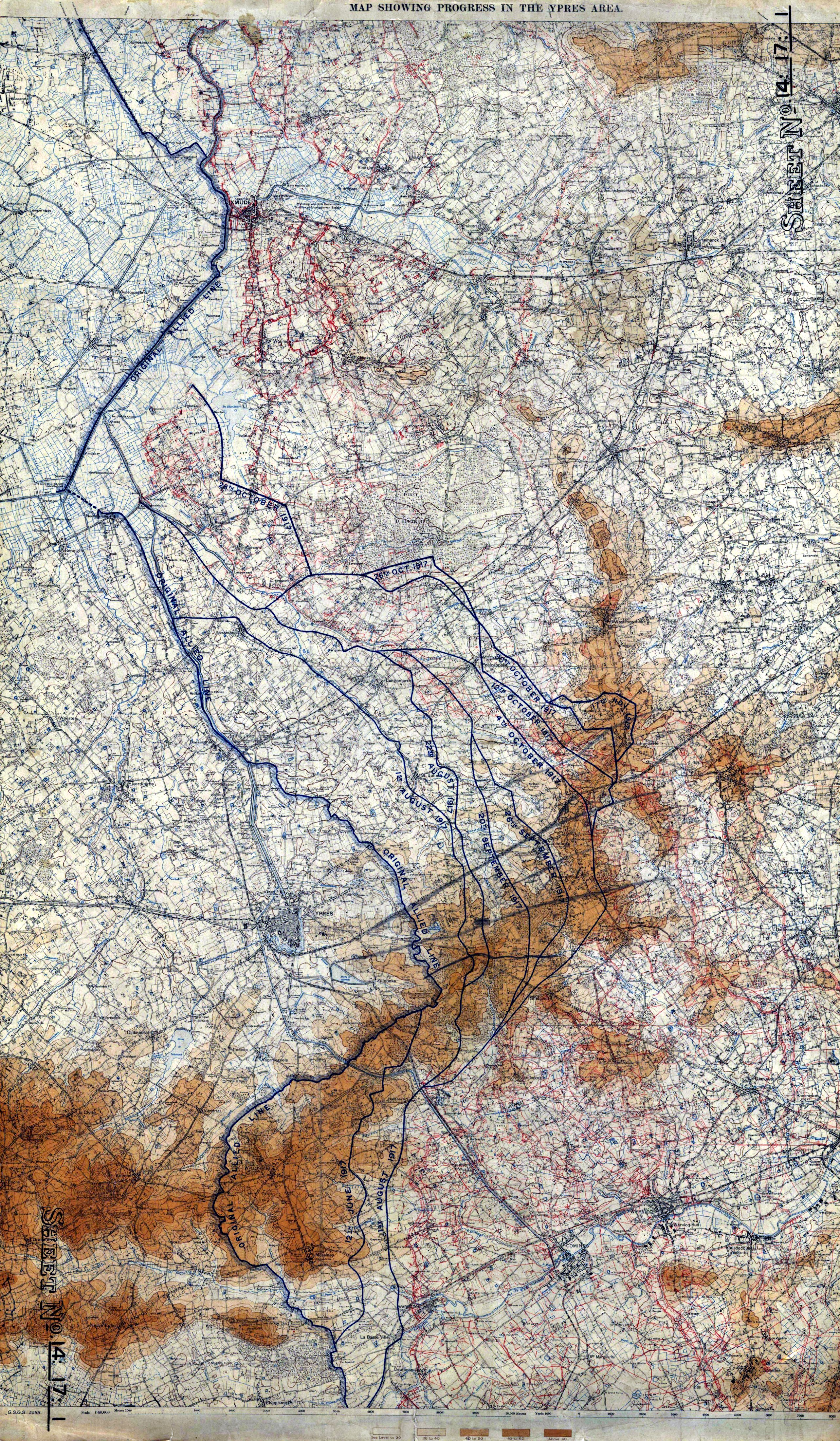|
Edwin Alderson
Lieutenant General Sir Edwin Alfred Hervey Alderson, KCB (8 April 1859 – 14 December 1927) was a senior British Army officer who served in several campaigns of the late nineteenth and early twentieth centuries. From 1915 to 1916 during the First World War he commanded the Canadian Expeditionary Force on the Western Front, during which time it saw heavy fighting. Early life Born in 1859 in Capel St Mary, a village in Suffolk, Edwin Alderson was the son of Lieutenant-Colonel Edward Mott Alderson and his wife Catherine Harriett Swainson.Alderson, Sir Edwin Alfred Hervey ''Dictionary of Canadian Biography'' article by Desmond Morton, Retrieved 5 November 2007 He attended |
Capel St Mary
Capel St. Mary – commonly known as Capel – is a village in Suffolk, England. It is about south-west of Ipswich and from Dedham Vale, which is a designated Area of Outstanding Natural Beauty. History Early history The village was listed in the Domesday Book as part of the manor of Boynton. An early 13th-century charter from nearby Dodnash Priory was the first to mention it by its current name, derived from the Norman-French and Welsh ''capel'', meaning chapel. Tentative evidence of Bronze Age habitation has recently been unearthed just outside the boundaries of the village, and well-documented human settlement in the area dates from the Roman period. Evidence of a villa was found while building council houses on Windmill Hill at the west end of the village in the 1930s, with remains of a kiln nearby and smaller artefacts such as coins and tiles. A fortified house was built in nearby Little Wenham between 1260 and 1290. It is believed to be one of the first examples of fort ... [...More Info...] [...Related Items...] OR: [Wikipedia] [Google] [Baidu] |
First World War
World War I (28 July 1914 11 November 1918), often abbreviated as WWI, was one of the deadliest global conflicts in history. Belligerents included much of Europe, the Russian Empire, the United States, and the Ottoman Empire, with fighting occurring throughout Europe, the Middle East, Africa, the Pacific, and parts of Asia. An estimated 9 million soldiers were killed in combat, plus another 23 million wounded, while 5 million civilians died as a result of military action, hunger, and disease. Millions more died in genocides within the Ottoman Empire and in the 1918 influenza pandemic, which was exacerbated by the movement of combatants during the war. Prior to 1914, the European great powers were divided between the Triple Entente (comprising France, Russia, and Britain) and the Triple Alliance (containing Germany, Austria-Hungary, and Italy). Tensions in the Balkans came to a head on 28 June 1914, following the assassination of Archduke Franz Ferdina ... [...More Info...] [...Related Items...] OR: [Wikipedia] [Google] [Baidu] |
Ipswich School
Ipswich School is a public school (English independent day and boarding school) for pupils aged 3 to 18 in Ipswich, Suffolk, England. North of the town centre, Ipswich School has four parts on three adjacent sites. The Pre-Prep and Nursery were established in 1883 with the aim of preparing children aged 7 to 11 for entry into the Senior School. The Senior School occupies the main school site. The main buildings are a distinctive example of Victorian architecture, with Tudor style brick. The main building and chapel are both Grade II listed. The school buildings surround a central playing field and cricket square along with the Cricket Pavilion. The remainder of the School's sport's fields are located at a nearby site on the edge of the town. The School has a new purpose-built music school, adjacent to the Cricket Pavilion. Within the Senior School the students are divided into three: the Lower School (Years 7 and 8), the Middle School (Years 9-11) and the Sixth Form (Years ... [...More Info...] [...Related Items...] OR: [Wikipedia] [Google] [Baidu] |
Western Front (First World War)
The Western Front was one of the main theatres of war during the First World War. Following the outbreak of war in August 1914, the German Army opened the Western Front by invading Luxembourg and Belgium, then gaining military control of important industrial regions in France. The German advance was halted with the Battle of the Marne. Following the Race to the Sea, both sides dug in along a meandering line of fortified trenches, stretching from the North Sea to the Swiss frontier with France, which changed little except during early 1917 and in 1918. Between 1915 and 1917 there were several offensives along this front. The attacks employed massive artillery bombardments and massed infantry advances. Entrenchments, machine gun emplacements, barbed wire and artillery repeatedly inflicted severe casualties during attacks and counter-attacks and no significant advances were made. Among the most costly of these offensives were the Battle of Verdun, in 1916, with a combined 700,000 ... [...More Info...] [...Related Items...] OR: [Wikipedia] [Google] [Baidu] |
Canadian Expeditionary Force
The Canadian Expeditionary Force (CEF) was the expeditionary field force of Canada during the First World War. It was formed following Britain’s declaration of war on Germany on 15 August 1914, with an initial strength of one infantry division. The division subsequently fought at Ypres on the Western Front, with a newly raised second division reinforcing the committed units to form the Canadian Corps. The CEF and corps was eventually expanded to four infantry divisions, which were all committed to the fighting in France and Belgium along the Western Front. A fifth division was partially raised in 1917, but was broken up in 1918 and used as reinforcements following heavy casualties. Personnel Recruitment The Canadian Expeditionary Force was mostly volunteers; a bill allowing conscription was passed in August, 1917, but not enforced until call-ups began in January 1918 (''see'' Conscription Crisis of 1917). In all, 24,132 conscripts had been sent to France to take part ... [...More Info...] [...Related Items...] OR: [Wikipedia] [Google] [Baidu] |
World War I
World War I (28 July 1914 11 November 1918), often abbreviated as WWI, was one of the deadliest global conflicts in history. Belligerents included much of Europe, the Russian Empire, the United States, and the Ottoman Empire, with fighting occurring throughout Europe, the Middle East, Africa, the Pacific, and parts of Asia. An estimated 9 million soldiers were killed in combat, plus another 23 million wounded, while 5 million civilians died as a result of military action, hunger, and disease. Millions more died in genocides within the Ottoman Empire and in the 1918 influenza pandemic, which was exacerbated by the movement of combatants during the war. Prior to 1914, the European great powers were divided between the Triple Entente (comprising France, Russia, and Britain) and the Triple Alliance (containing Germany, Austria-Hungary, and Italy). Tensions in the Balkans came to a head on 28 June 1914, following the assassination of Archduke Franz Ferdin ... [...More Info...] [...Related Items...] OR: [Wikipedia] [Google] [Baidu] |
British Army
The British Army is the principal land warfare force of the United Kingdom, a part of the British Armed Forces along with the Royal Navy and the Royal Air Force. , the British Army comprises 79,380 regular full-time personnel, 4,090 Gurkhas, and 28,330 volunteer reserve personnel. The modern British Army traces back to 1707, with antecedents in the English Army and Scots Army that were created during the Restoration in 1660. The term ''British Army'' was adopted in 1707 after the Acts of Union between England and Scotland. Members of the British Army swear allegiance to the monarch as their commander-in-chief, but the Bill of Rights of 1689 and Claim of Right Act 1689 require parliamentary consent for the Crown to maintain a peacetime standing army. Therefore, Parliament approves the army by passing an Armed Forces Act at least once every five years. The army is administered by the Ministry of Defence and commanded by the Chief of the General Staff. The Brit ... [...More Info...] [...Related Items...] OR: [Wikipedia] [Google] [Baidu] |
Legion Of Honour
The National Order of the Legion of Honour (french: Ordre national de la Légion d'honneur), formerly the Royal Order of the Legion of Honour ('), is the highest French order of merit, both military and civil. Established in 1802 by Napoleon, Napoleon Bonaparte, it has been retained (with occasional slight alterations) by all later French governments and regimes. The order's motto is ' ("Honour and Fatherland"); its Seat (legal entity), seat is the Palais de la Légion d'Honneur next to the Musée d'Orsay, on the left bank of the Seine in Paris. The order is divided into five degrees of increasing distinction: ' (Knight), ' (Officer), ' (Commander (order), Commander), ' (Grand Officer) and ' (Grand Cross). History Consulate During the French Revolution, all of the French Order of chivalry, orders of chivalry were abolished and replaced with Weapons of Honour. It was the wish of Napoleon, Napoleon Bonaparte, the French Consulate, First Consul, to create a reward to commend c ... [...More Info...] [...Related Items...] OR: [Wikipedia] [Google] [Baidu] |
Mentioned In Despatches
To be mentioned in dispatches (or despatches, MiD) describes a member of the armed forces whose name appears in an official report written by a superior officer and sent to the high command, in which their gallant or meritorious action in the face of the enemy is described. In some countries, a service member's name must be mentioned in dispatches as a condition for receiving certain decorations. United Kingdom, British Empire, and Commonwealth of Nations Servicemen and women of the British Empire or the Commonwealth who are mentioned in despatches (MiD) are not awarded a medal for their actions, but receive a certificate and wear an oak leaf device on the ribbon of the appropriate campaign medal. A smaller version of the oak leaf device is attached to the ribbon when worn alone. Prior to 2014, only one device could be worn on a ribbon, irrespective of the number of times the recipient was mentioned in despatches. Where no campaign medal is awarded, the oak leaf is worn direc ... [...More Info...] [...Related Items...] OR: [Wikipedia] [Google] [Baidu] |
Knight Commander Of The Order Of The Bath
The Most Honourable Order of the Bath is a British order of chivalry founded by George I of Great Britain, George I on 18 May 1725. The name derives from the elaborate medieval ceremony for appointing a knight, which involved Bathing#Medieval and early-modern Europe, bathing (as a symbol of purification) as one of its elements. The knights so created were known as "Knights of the Bath". George I "erected the Knights of the Bath into a regular Order (honour), Military Order". He did not (as is commonly believed) revive the Order of the Bath, since it had never previously existed as an Order, in the sense of a body of knights who were governed by a set of Statute, statutes and whose numbers were replenished when vacancies occurred. The Order consists of the Sovereign (currently Charles III, King Charles III), the :Great Masters of the Order of the Bath, Great Master (currently vacant) and three Classes of members: *Knight Grand Cross (:Knights Grand Cross of the Order of the Bath ... [...More Info...] [...Related Items...] OR: [Wikipedia] [Google] [Baidu] |
Actions Of St Eloi Craters
The Actions of St Eloi Craters from 27 March to 16 April 1916, were local operations in the Ypres Salient of Flanders, during the First World War by the German 4th Army and the British Second Army. Sint-Elooi (the French is commonly used in English) is a village about south of Ypres in Belgium. The British dug six galleries under no man's land, placed large explosive charges under the German defences and blew them at on 27 March. The 27th Division captured all but The 46th Reserve Division counter-attacked but the British captured on 30 March. The Canadian Corps took over, despite the disadvantage of relieving troops in action. The Canadians inherited positions in a deplorable state, the British having pressed their advantage, rather than consolidating the captured ground. On the night of a German methodical attack () recovered the captured craters. Canadian runners struggled to deliver messages and for several days the Canadian and British staffs were ignorant of whic ... [...More Info...] [...Related Items...] OR: [Wikipedia] [Google] [Baidu] |
Second Battle Of Givenchy
The Second Battle of Artois (french: Deuxième bataille de l'Artois, german: Lorettoschlacht) from 9 May to 18 June 1915, took place on the Western Front during the First World War. A German-held salient from Reims to Amiens had been formed in 1914 which menaced communications between Paris and the unoccupied parts of northern France. A reciprocal French advance eastwards in Artois could cut the rail lines supplying the German armies between Arras and Reims. French operations in Artois, Champagne and Alsace from November–December 1914, led General Joseph Joffre, Generalissimo ( Commander in Chief) and head of Grand Quartier Général (GQG), to continue the offensive in Champagne against the German southern rail supply route and to plan an offensive in Artois against the lines from Germany supplying the German armies in the north. Field Marshal Sir John French, commander of the British Expeditionary Force (BEF), co-operated with the French strategy to capture Vimy Ridge by p ... [...More Info...] [...Related Items...] OR: [Wikipedia] [Google] [Baidu] |





_Oak_Leaf_Cluster.jpg)

.jpg)